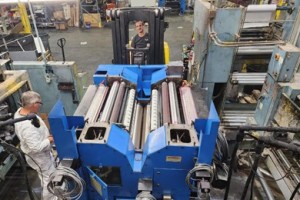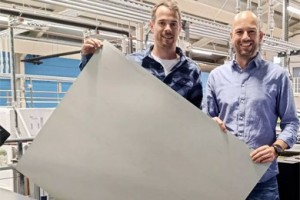Horton Media hits the spot with new screening
May 10, 2010 at 07:44 pm by Staff
A new screening technology for newspapers, beta tested at New Zealand contract printer Horton Media, is among prepress products being launched at Ipex this month. Behind the system is Andy Cave, who was chief designer of the Harlequin RIP for 12 years.
UK-based developer Hamillroad Software claims improved print quality equivalent to 200-250 lpi (at 1016-1270 dpi) for its Auraia screening, together with ink savings estimated at ten to 15 per cent over a conventional 100 lpi screen.
In beta testing over the last six months, the system ran on a Harlequin RIP linked to an ECRM NewsMatic platesetter using Fuji NV2 plates on a Goss Community press.
Auraia was launched for commercial printers at GraphExpo 2009 last September. Cave says the newspaper product has been in use at Horton for six months in production runs of 1000-200,000 copies.
Horton group prepress manager Trevor Hannam says the group has been using a standard FM screen for about four years, but the change has addressed shortcomings of first and second generation of FM screening.
“Running the new dot means being able to find the combination of highlight and shadow dot that best suits our press,” he says. “This gives much better consistent and repeatable quality for customers. Tints are much smoother and colours appear to be much cleaner and brighter.”
Cave, who is Hamillroad’s chief executive, says the dot gain reduction technology in Auraia produces a more consistent and robust plate, especially in the shadow areas, which is easier to control on press. The screening stays open for much longer and retains shadow detail, whereas traditional AM or FM screens very quickly plug shadows and lose valuable detail.
Sections:
Newspaper production













Comments